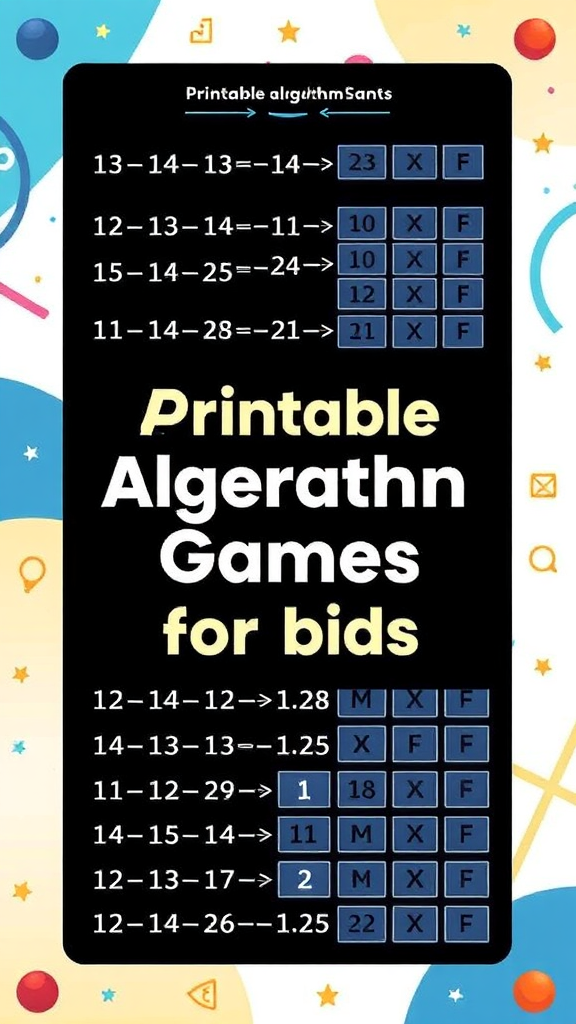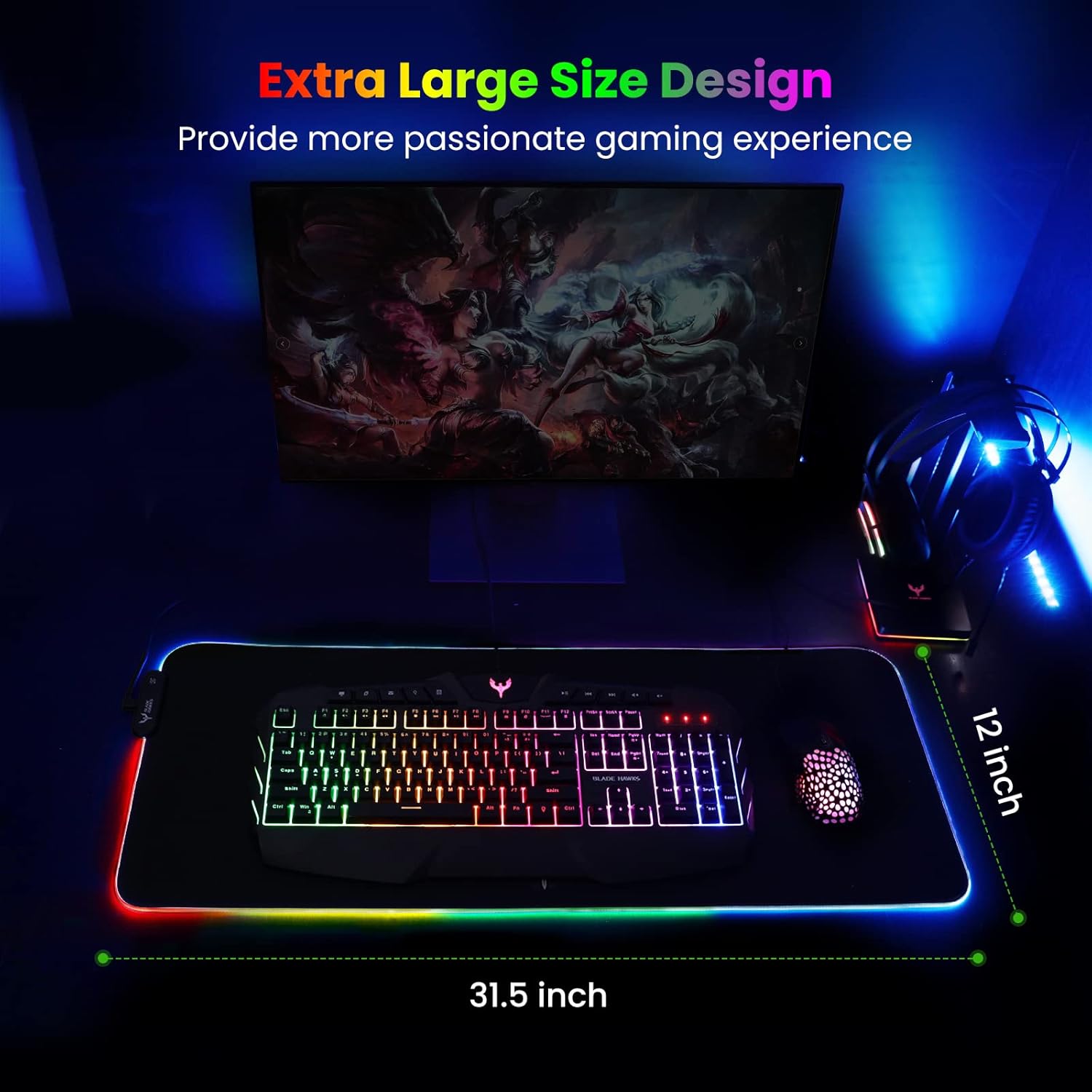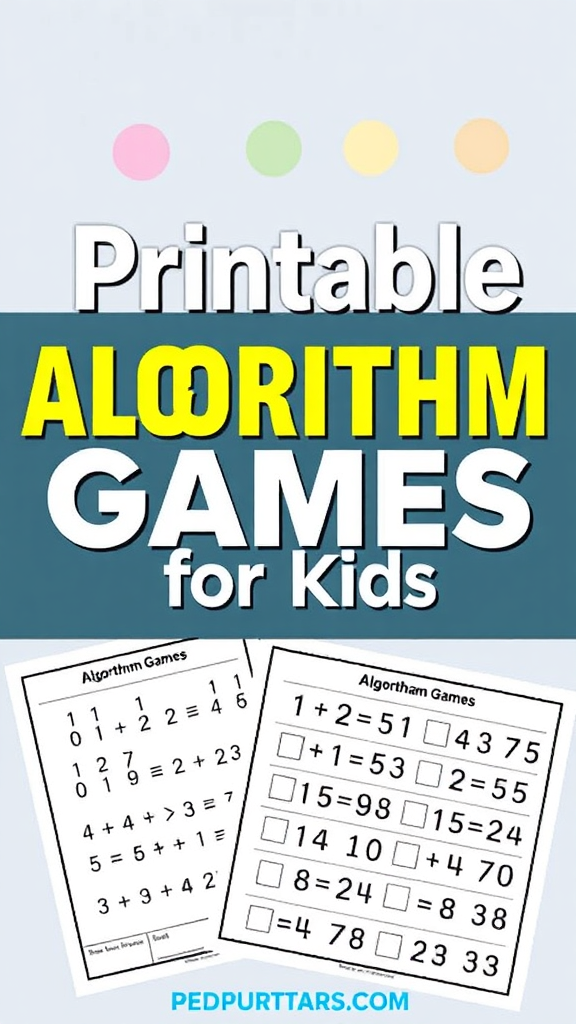
Introduction
Introducing technology concepts to children can be a complex task, but with the right tools, it can become an enjoyable and educational experience. Printable algorithm games are a perfect way to blend fun and learning, allowing kids to explore the world of computer science and logical thinking in a hands-on manner. These games are designed to be engaging, educational, and most importantly, accessible to children of various ages and skill levels.
What are Printable Algorithm Games?
Printable algorithm games are educational tools that use printable game boards and components to teach children the basics of algorithms, computational thinking, and problem-solving. These games often involve a series of steps or instructions that players must follow to achieve a specific goal, similar to how algorithms function in computer programming.
Benefits of Algorithm Games for Kids
- Enhanced Problem-Solving Skills: Through gameplay, children learn to think logically and develop strategies to overcome challenges.
- Introduction to Computational Thinking: These games lay a foundation for understanding how algorithms work, which is essential in computer science.
- Creative Expression: Many games allow for open-ended solutions, encouraging creativity and innovation.
- Collaboration and Social Skills: Many algorithm games are designed for multiple players, promoting teamwork and communication.
- Boosted Confidence: Successfully solving problems in a game environment builds confidence in kids’ abilities to tackle real-world challenges.
Key Components of Printable Algorithm Games
1. Game Boards
Game boards are the foundation of printable algorithm games. They provide the structure and framework within which the game is played. Game boards can vary in complexity, from simple grids to intricate mazes or maps.
2. Tokens or Markers
Tokens or markers are used to represent the players or elements within the game. They are moved according to the rules of the game, helping children visualize the steps of an algorithm.
3. Instruction Cards or Dice
These components provide the “code” or set of instructions that players must follow to progress in the game. They might include directional arrows, numbers, or specific commands.
4. Printable Templates
Printable templates are pre-designed game boards or components that can be easily printed and assembled at home or in a classroom. These templates make the games accessible and customizable.
5. Background Information and Tutorials
Many printable algorithm games come with additional resources, such as guides or tutorials, that explain the concepts behind the game and offer tips for effective gameplay.
How to Get Started with Printable Algorithm Games
- Choose the Right Game: Select a game that matches the age and skill level of the children. Beginner games focus on simple sequences, while advanced ones introduce loops and conditionals.
- Print the Components: Download and print the game board, tokens, and any other required components. For durability, consider laminating the pieces.
- Set Up the Game: Follow the game’s instructions to set up the board and distribute the tokens or markers.
- Explain the Rules: Go over the game’s rules and objectives with the children, ensuring they understand how to play.
- Play and Learn: As the children play, guide them through the problem-solving process, encouraging them to think critically and adjust their strategies as needed.
Common Printable Algorithm Games for Kids
- Robot Turtles: A board game that teaches coding fundamentals through gameplay. Players use cards to guide their turtles to the gems, learning about sequencing and debugging along the way.
- Code Monkey Island: This game introduces logical thinking and basic programming concepts using a colorful board and cards with conditionals and loops.
- Osmo Coding: A digital-physical hybrid game that combines tangible blocks with an iPad app to teach coding through interactive play.
- Code Master: A single-player board game that challenges kids to navigate through maps, using programming logic to collect crystals and reach the portal.
Tips for Maximizing Learning with Printable Algorithm Games
- Encourage Exploration: Allow children to try different strategies and learn from their mistakes.
- Relate to Real-World Scenarios: Discuss how the concepts in the game apply to real-life situations or computer programming.
- Incorporate Storytelling: Use narratives or themes to make the games more engaging and relatable.
- Gradually Increase Complexity: Start with simpler games and gradually introduce more complex ones as children’s skills develop.
- Celebrate Achievements: Recognize and celebrate when children successfully solve problems or complete challenges.
Conclusion
Printable algorithm games are a fantastic way to introduce children to the world of technology and computational thinking. By making learning fun and interactive, these games help build essential skills that will benefit children in their academic and future professional lives. Whether you’re a parent, teacher, or caregiver, incorporating these games into your educational toolkit can provide a valuable and enjoyable learning experience for kids.
For more resources on algorithm games and coding for kids, check out Code.org’s Unplugged Activities and explore Polycode’s Game Design and Art section for additional inspiration.

Mouse Pad
BladeHawks Extra Large RGB Gaming Mouse Pad-14 Light Modes, Extended Soft LED Mouse Pad, Anti-Slip Rubber Base, Computer Keyboard Mousepad Mat (31.5 x 12 Inch)
Stefan\'s Body Mechanics Workflow
If you’ve been frustrated with the traditional 3D body mechanics workflows that are often promoted by online schools and tutorials, keep reading—I’ve got some exciting news for you.

